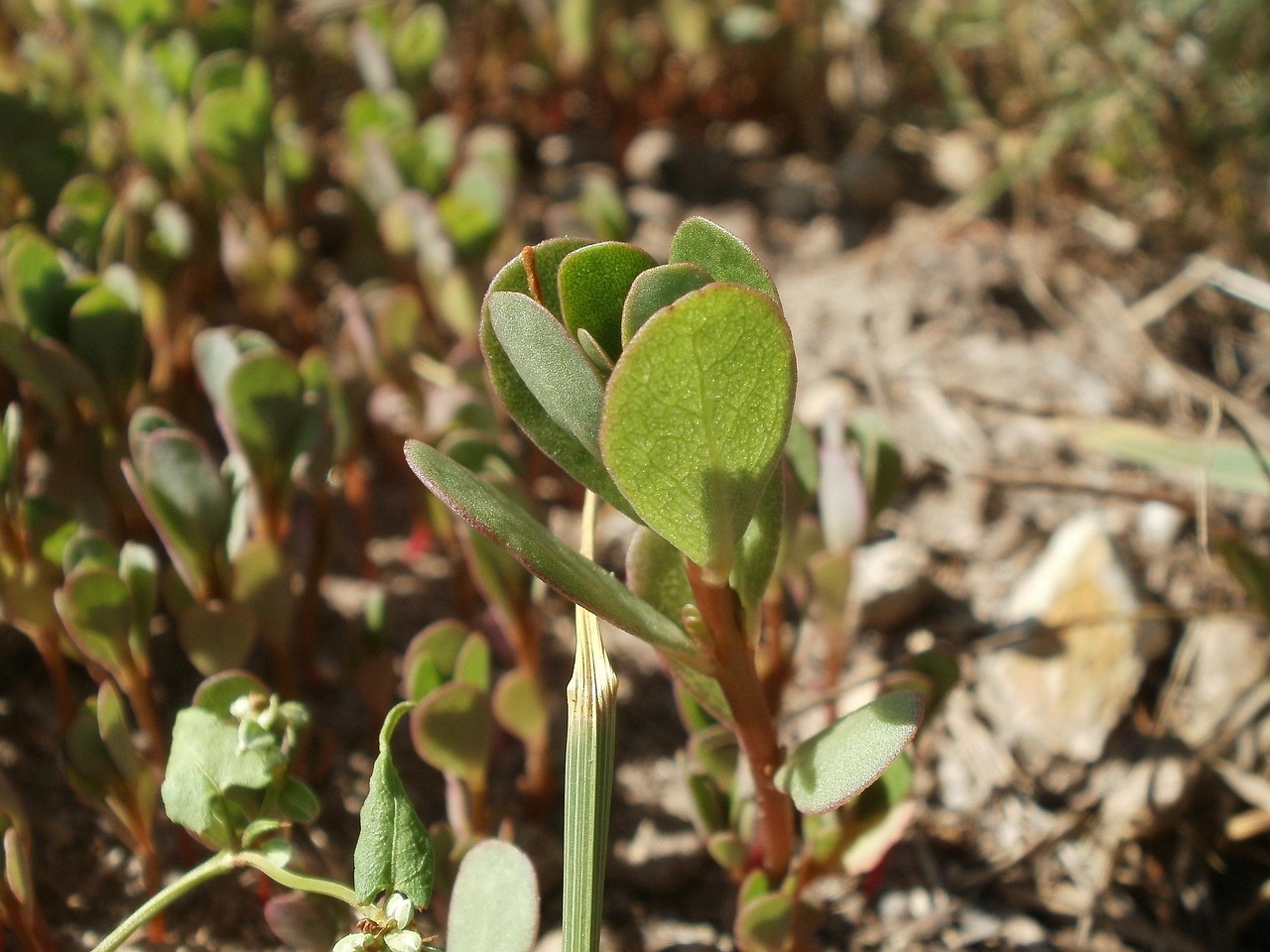
Purslane
Portulaca oleracea
Basic Information
🌿 Family: Portulacaceae🗺️ Zone: 5-11
Other Names:
- Little Hogweed
- Pursley
- Verdolaga
🌡️ Ideal Temperature : 70°F – 100°F
🔥 Heat Tolerance: Up to 104°F
❄️ Cold Tolerance: Down to 40°F
🌱 Type: Annual
Layers
- Ground
Functions
- Edible
- Medicinal
- Ground Cover
- Dynamic Accumulator
- Wildlife Attractor
Pests
Companions
- Corn
- Tomato
- Pepper
Plants to Avoid
- None
Description
Purslane (*Portulaca oleracea*) is a fast-growing, succulent annual herb native to India and Persia, now found worldwide. It has smooth, reddish, prostrate stems that form mats up to 50 centimeters (20 inches) across. The fleshy, spatula-shaped leaves are alternately arranged and clustered at stem joints and ends. Small, yellow, five-petaled flowers bloom singly or in clusters at the stem tips, opening on sunny mornings. Purslane thrives in warm, open areas, including gardens, lawns, and disturbed sites.
🌞💧 Sun and Water Requirements:
Purslane prefers full sun and thrives in hot, dry conditions. It is highly drought-tolerant due to its succulent nature but benefits from occasional watering to promote lush growth. Well-drained soils are essential to prevent root rot.
✂️🫘 Methods to Propagate:
Purslane propagates through seeds and stem fragments. Seeds germinate in warm soils, typically above 25°C (77°F), and can remain viable in the soil for several years. To cultivate, sow seeds shallowly in well-drained soil after the last frost. Stem cuttings can also root easily; simply place segments on moist soil, and they will establish quickly.
🧑🌾👩🌾 When to Harvest:
Harvest purslane when plants are young and before flowering for the best flavor and texture. Snip stems 2.5 to 5 centimeters (1 to 2 inches) above the soil to allow for regrowth. Multiple harvests are possible throughout the growing season.
Purpose
- Edible: Purslane is consumed as a leafy vegetable, raw in salads or cooked, and is noted for its high content of omega-3 fatty acids and antioxidants.
- Medicinal: Traditionally used to treat various ailments, including inflammation and digestive issues, though scientific validation is limited.
- Ground Cover: Its mat-forming growth habit effectively suppresses weeds and protects soil from erosion.
- Dynamic Accumulator: Purslane accumulates nutrients such as nitrogen and potassium, enriching the soil for other plants.
- Wildlife Attractor: Flowers provide nectar for pollinators, and seeds are a food source for birds.